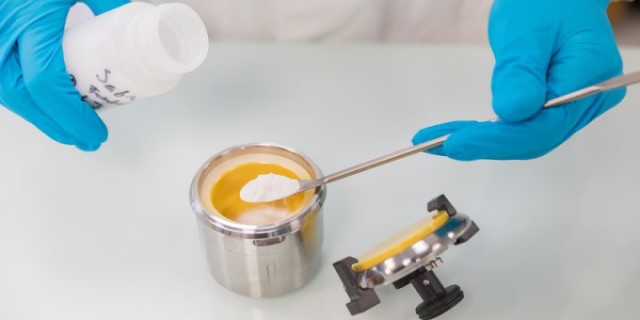Synthesis and Study of the Application of Iron, Nitrogen-Doped High-Surface-Area Carbon for Li–S Batteries.
Sajad Rahimi, Laureline Lecarme , Nathalie Job, Fannie Alloin. Applied Materials & Interfaces, 2025, 17 (26), pp.38031-38040. DOI : 10.1021/acsami.5c05993



